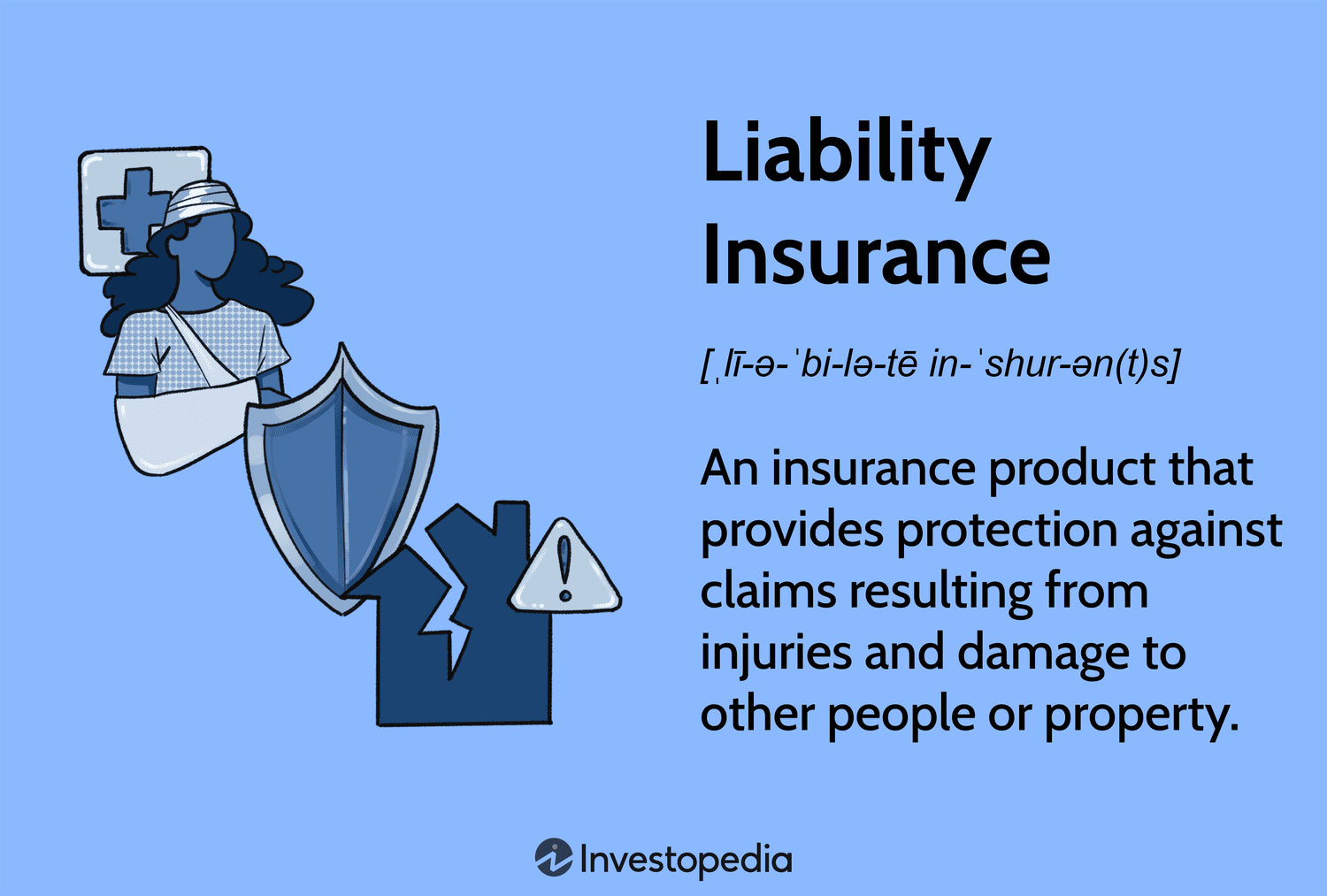In today’s fast-paced world, having access to affordable health insurance in the USA is not just a privilege; it’s a necessity. This article will delve into the intricacies of affordable health insurance options available in the United States, affordable health insurance in USA helping you navigate the complex healthcare landscape with ease.
Understanding the Need for Health Insurance
affordable health insurance in USA
Why Is Health Insurance Important?
The High Costs of Medical Care
Types of Health Insurance Plans
Employer-Sponsored Plans
Individual and Family Plans
Government Programs
Affordable Care Act (ACA): A Game-Changer
Key Provisions of the ACA
Subsidies and Tax Credits
Shopping for Affordable Health Insurance
Comparing Plans
affordable health insurance in USA
Utilizing Health Insurance Marketplaces
Factors Affecting Health Insurance Costs
Age and Gender
affordable health insurance in USA
Location
Health History
Short-Term Health Insurance: Pros and Cons
Flexibility vs. Comprehensive Coverage
Is Short-Term Insurance Right for You?
Tips for Lowering Health Insurance Costs
Maintaining a Healthy Lifestyle
Reviewing Your Coverage Regularly
The Importance of Network and Coverage
Understanding In-Network vs. Out-of-Network
Essential Health Benefits
Medicaid and CHIP: Covering Vulnerable Populations
Eligibility Criteria
Services Covered
Navigating the Open Enrollment Period
Dates to Remember
Making Informed Choices
The Impact of COVID-19 on Health Insurance
Changes in Coverage Requirements
Telehealth Services
How to File a Health Insurance Claim
Step-by-Step Guide
Common Pitfalls to Avoid
The Future of Affordable Health Insurance
Evolving Healthcare Policies
Technological Advancements
Conclusion: Protecting Your Health and Your Wallet
The Bottom Line on Affordable Health Insurance
Frequently Asked Questions (FAQs)
What is the penalty for not having health insurance in the USA?
Can I get health insurance outside of the open enrollment period?
Are pre-existing conditions covered under the Affordable Care Act?
How do I know if I qualify for Medicaid or CHIP?
Is dental and vision care included in health insurance plans?
Understanding the Need for Health Insurance
Why Is Health Insurance Important?
Health insurance is essential because it provides financial protection in the event of illness or injury. Without insurance, medical bills can quickly become overwhelming, leading to financial hardship or even bankruptcy.

The High Costs of Medical Care
Medical care in the USA can be expensive. From routine check-ups to major surgeries, healthcare costs can add up rapidly. Health insurance helps mitigate these costs, ensuring that you receive the care you need without breaking the bank.
In the next section, we’ll explore the various types of health insurance plans available to Americans.
Types of Health Insurance Plans
Employer-Sponsored Plans
Many Americans receive health insurance through their employers. These plans often come with lower premiums and comprehensive coverage.
Individual and Family Plans
For those who don’t have access to employer-sponsored insurance, individual and family plans are available. These can be customized to fit your specific needs.
Government Programs
Government programs like Medicare and Medicaid provide insurance for eligible individuals and low-income families. Understanding these programs and their eligibility criteria is crucial.
Stay with us as we delve deeper into the Affordable Care Act and how it revolutionized the landscape of health insurance in the USA.
Affordable Care Act (ACA): A Game-Changer
The Affordable Care Act, often referred to as Obamacare, was a landmark piece of legislation aimed at making healthcare more accessible and affordable for all Americans. Let’s explore its key provisions.
Key Provisions of the ACA
The ACA introduced several key provisions to improve the healthcare system, including:
Guaranteed Issue: Insurance companies cannot deny coverage based on pre-existing conditions.
Essential Health Benefits: Plans must cover essential services like preventive care, prescription drugs, and maternity care.
Subsidies and Tax Credits: Financial assistance is available to help lower-income individuals and families afford insurance.
Subsidies and Tax Credits
Subsidies and tax credits under the ACA are designed to make insurance more affordable for those with lower incomes. These subsidies can significantly reduce monthly premium costs.
Now, let’s move on to explore how to shop for affordable health insurance and factors that can affect your insurance costs.
Shopping for Affordable Health Insurance

Comparing Plans
When shopping for health insurance, it’s crucial to compare plans. Look at premiums, deductibles, and out-of-pocket costs to determine which plan aligns with your budget and healthcare needs.
Utilizing Health Insurance Marketplaces
Health insurance marketplaces, both federal and state-run, provide a platform to compare and purchase insurance plans. They also offer guidance on available subsidies and tax credits.
In the next section, we’ll examine the factors that can impact your health insurance costs.
Factors Affecting Health Insurance Costs
Age and Gender
Younger individuals typically pay lower premiums than older individuals. Additionally, gender can sometimes influence rates.
Location
Health insurance costs can vary significantly by location. Urban areas often have higher premiums than rural areas.
Health History
Your health history and pre-existing conditions can affect your insurance costs. Some conditions may lead to higher premiums.
Continue reading to learn
Finding affordable health insurance in the USA can be a challenging task, given the complexity of the healthcare system and the varying options available. Here are some steps and options you can consider to find affordable health insurance:
Employer-Sponsored Insurance (ESI): Many employers offer health insurance as part of their benefits package. ESI plans are often more affordable than individual plans because the employer typically covers a portion of the premium.
Health Insurance Marketplace: The Health Insurance Marketplace, also known as the Exchange, is a platform where you can compare and purchase health insurance plans. Depending on your income, you might qualify for premium tax credits that can significantly reduce your monthly premium costs.
Medicaid: Medicaid is a state and federally funded program that provides health coverage to eligible low-income individuals and families. Eligibility criteria vary by state.
Children’s Health Insurance Program (CHIP): CHIP provides low-cost health coverage for children in families that earn too much to qualify for Medicaid but can’t afford private insurance.
Catastrophic Health Insurance: This type of plan is designed to provide coverage for major medical expenses, and it’s usually cheaper than other plans. However, it has higher deductibles and is typically intended for younger, healthier individuals.
High-Deductible Health Plans (HDHPs) with Health Savings Accounts (HSAs): HDHPs generally have lower monthly premiums but come with higher deductibles. Pairing them with an HSA can help you save money for medical expenses on a tax-advantaged basis.
Short-Term Health Insurance: These plans offer temporary coverage for specific periods, which might be helpful if you’re in between jobs or need coverage until you find a more permanent solution. However, they often provide limited coverage.
Nonprofit Organizations and Associations: Some nonprofit organizations and associations offer group health insurance plans to their members, which can sometimes be more affordable than individual plans.
Shop Around: Don’t settle for the first plan you come across. Compare different insurance plans to find the one that best fits your needs and budget.
Consider Telemedicine: Some plans offer telemedicine services, allowing you to consult with healthcare professionals remotely. This can sometimes reduce costs for routine medical needs.
Healthy Lifestyle: Maintaining a healthy lifestyle can help you avoid medical issues and reduce the need for extensive medical care, ultimately saving you money on health insurance.
Remember that the “affordability” of health insurance can vary greatly depending on your personal circumstances, including your income, family size, location, and health needs. It’s essential to carefully review the details of any insurance plan you’re considering and factor in not only the monthly premium but also the deductible, co-payments, and coverage for your specific healthcare needs. If possible, seek advice from insurance professionals or healthcare navigators to ensure you make an informed decision.
Certainly, let’s continue with some additional tips and considerations for finding affordable health insurance in the USA:
Consider Health Savings Accounts (HSAs): If you have a high-deductible health plan (HDHP), you may be eligible to open an HSA. Contributions to an HSA are tax-deductible and can be used to pay for qualified medical expenses. This can help you save money on healthcare costs over time.
Review Network Coverage: Be sure to understand the network of doctors and hospitals associated with your insurance plan. Staying within your plan’s network can significantly reduce your out-of-pocket costs.
Prescription Drug Coverage: If you take regular medications, pay attention to a plan’s prescription drug coverage. Some plans may offer better coverage for the medications you need, potentially saving you money.
Consider a Health Sharing Ministry: Health sharing ministries are not traditional insurance, but they involve a group of individuals who agree to share each other’s medical expenses. They can be a more affordable option for some people, but it’s crucial to understand their limitations and requirements.
Utilize Preventive Care: Many insurance plans cover preventive services, like vaccinations and screenings, at no cost to you. Take advantage of these services to catch and address health issues early, which can save you money in the long run.
Review Your Coverage Annually: Health insurance plans and your personal circumstances can change from year to year. It’s a good practice to review your coverage during the annual open enrollment period to ensure it still meets your needs and budget.
Seek Assistance: If you find the process of navigating health insurance options daunting, consider seeking help from a certified insurance broker or a healthcare navigator. They can provide personalized guidance based on your specific situation.
Understand Subsidies: If your income falls within a certain range, you may qualify for subsidies through the Affordable Care Act (ACA), which can significantly lower your monthly premiums and out-of-pocket costs. Check your eligibility and apply for these subsidies through the Health Insurance Marketplace.
Explore State Programs: Some states offer additional healthcare programs or subsidies for low-income individuals and families. Be sure to check if your state has any specific programs that could help you access affordable coverage.
Remember that affordable health insurance is not just about the monthly premium but also about the total cost of care, including deductibles, copayments, and out-of-pocket maximums. Consider your healthcare needs and financial situation when selecting a plan, and don’t hesitate to ask questions and seek assistance to make an informed decision. Health insurance is a crucial investment in your well-being, so take the time to find a plan that offers the coverage you need at a price you can afford.
 Insu Edu Tech Insurance, Education & Technology
Insu Edu Tech Insurance, Education & Technology




